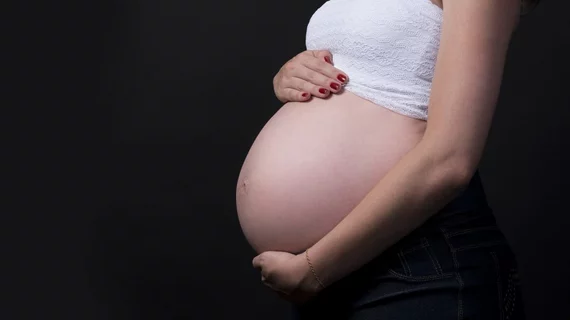Radiologists prefer MRI over ultrasound for pregnant women with suspected appendicitis
Recent data published in Current Problems in Diagnostic Radiology suggest a change in protocol for imaging pregnant women with acute appendicitis, recommending MRI in lieu of ultrasound as the preferred modality.
Ultrasound has historically been the go-to for examining pregnant women who present with suspected acute appendicitis (AA). It is cost-effective and avoids exposing the patient and fetus to potentially harmful ionizing radiation. However, due to changes in the body, anatomy can be difficult to accurately analyze on ultrasound images.
When the results of ultrasound exams are inconclusive, patients are often sent to MRI for validation. Previous studies have revealed MRI to have high sensitivity and specificity when diagnosing AA during pregnancy. However, those exams are typically interpreted by expert radiologists who are experienced in reading these specific exams.
The purpose of this current study was to compare the sensitivity, specificity, and accuracy between US and MRI in pregnant patients with suspected AA, while also analyzing inter-radiologist agreement between general rads with varying experience levels against expert rads with familiarity interpreting such exams.
“Our approach was based on individual radiologist experience in the visualization and diagnosis of AA. This we feel is more clinically relevant as diagnosis of AA is made by a collection of radiological findings,” corresponding author, Bestoun Ahmed, MD with the Department of Surgery at the University of Pittsburgh Medical Center, and co-authors wrote.
The research included studies from 364 patients, 31 of whom underwent appendectomies. The appendix was visualized in only six US exams. MRI scans were completed in 141 patients. Of those exams, nine were correctly diagnosed with appendicitis. None of the patients with a negative diagnosis on MRI had AA. The interreader agreement for visualization and overall accuracy were 87.9 and 98%, respectively.
Given this substantial inter-radiologist agreement, the authors underscored the importance of these findings when applied to a community setting where subspecialty rads might not be available for interpretations.
“Our radiologist group interpreting these studies were board-certified radiologists working during day and night shifts,” the experts wrote. “These results should allow for a lower threshold for such studies to be performed at community centers and reviewed by community radiologists.”
You can read the detailed study in Current Problems in Diagnostic Radiology.

